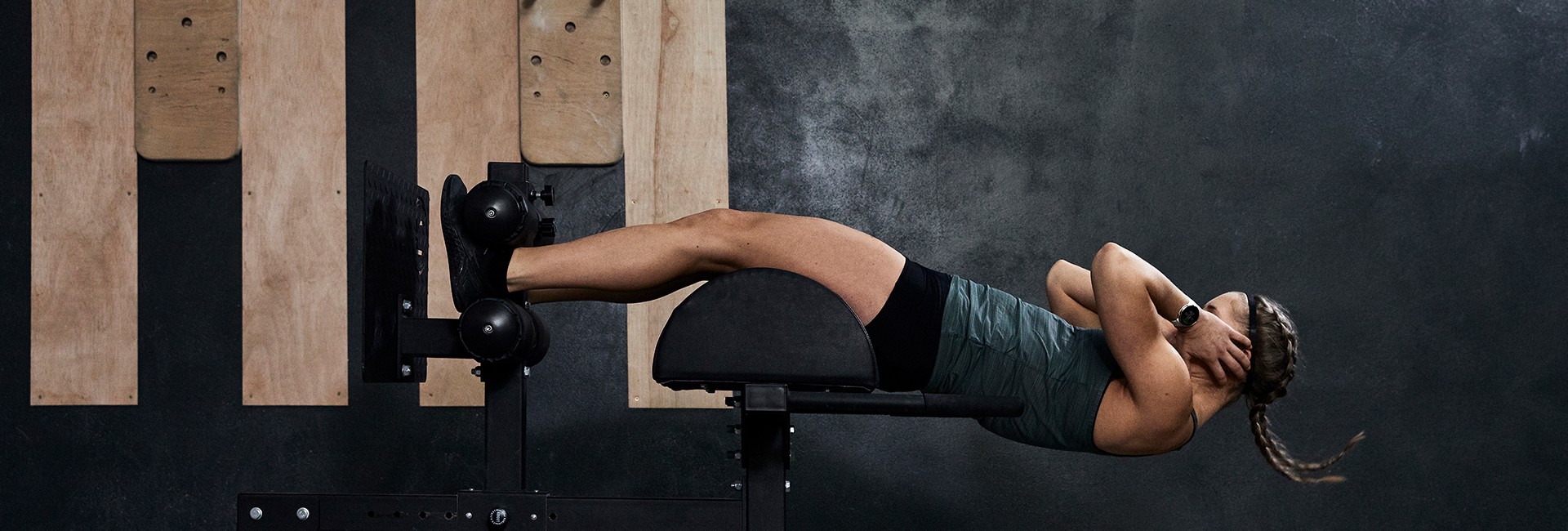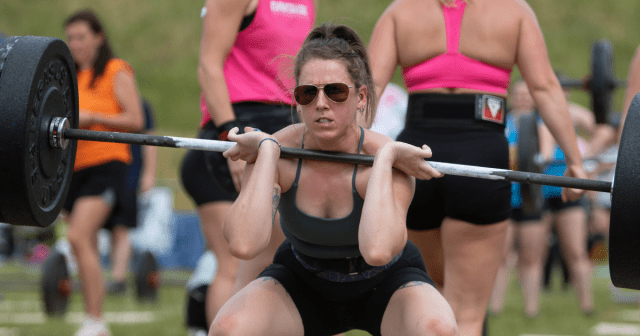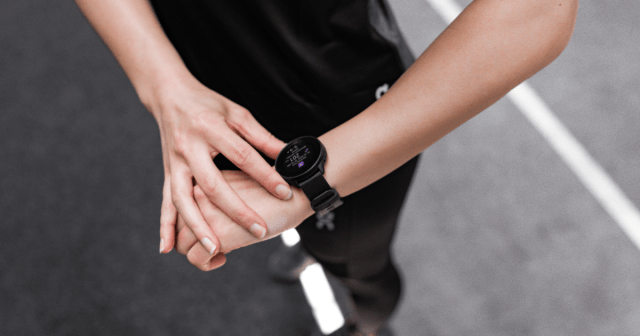Plyometric exercises were invented to improve athlete power and explosiveness. Plyometrics comes with several benefits, but it’s arguably one of the most misunderstood and misused training methods out there.
Discovered by sport scientist and track coach, Yuri Verkhoshansky, plyometric training can be best described as a method that forces muscles to undergo significant tension as quickly as possible. The muscle is in a relaxed state before it undergoes this great muscle contraction, which means that a plyometric jump, for example, is not preceded by a running start, but from standing with two feet planted on the ground.
If you’re thinking ‘I’m no Olympian, so why would I need to do plyometric exercises?’, the answer is simple. If you’re looking to improve your running speed or just looking to get the most out of your gym session, then plyometric exercises are for you.
Let’s take a look at the benefits of plyometric exercises and some effective plyometric exercises you can try at home or anywhere.
No time to read? Scroll down to watch another episode of our running video series and see Polar Running Coach Maria go over an essential plyometric exercise routine.
Benefits of plyometric exercises
1. Plyometric workouts don’t take long
The foundation of the plyometric training method stems from the fact that the quality of each plyometric exercise should be high, but the volume must be low.
For example, plyometric box jumps should not be performed without end, or to the point of complete physical fatigue. Instead, they should be used as a way of stimulating the nervous system – enabling the body to jump as high and quickly as possible from a relaxed state.
‘What about the 3×30 box jumps that are in my workout’ you say?
Perform these with caution! This type of training will work your cardio fitness but it doesn’t qualify as plyometric training. The nervous and physical energy required to perform an exercise such as box jumps is high, which means that performing a large number of them can mean you become overly fatigued and injury is more likely.
2. Plyometric exercises improve your game – whatever it is
Using plyometrics to increase the power of your upper body is important if you have hit a plateau in your training and are looking to experience a different style of training.
If you’re a basketball player, baseball player, or football player, you can use plyometric exercises to improve the power of your throws and hits (as if having perfectly sculpted arms wasn’t reason enough!)
It is understandable that, for the majority of the population, the idea of performing a plyometric move, such as a clapping push-up, sounds scary and close to impossible. But rest assured, there are several less demanding plyometric moves you can do to work on your upper body (some great examples below).
3. Plyometrics make you a faster runner
Our body is composed of fast- and slow-twitch muscle fibers that can be fine-tuned and adapted to our lifestyle. A long distance runner utilizes mainly their slow-twitch muscle fibers that help them tackle endurance workouts.
Alternatively, sprinters, or any athlete requiring bursts in speed, will master their fast-twitch muscle fibers as these help them exert maximal force in a short span of time (the downside being that they fatigue quickly).
This is important to understand as plyometrics concentrates on your fast-twitch muscle fibers, which can improve power and keep you at the top of your game.
Plyo is not your rest day workout as it requires you to use your muscles to near-maximum potential.
PLYOMETRIC EXERCISEs for Upper, lower and whole body
To get started with plyometric training have a go at some of these creative and challenging exercises.
Keep in mind that you can modify each exercise to suit your fitness level and that if an exercise seems too difficult at first, there are ways to build up your strength so that you’ll eventually be able to tackle it with ease.
It’s also recommended that you perform plyometrics when your muscles and nervous system are fresh, i.e. at the beginning of your workout, in order to prevent injury. Remember, plyo is not your rest day workout as it requires you to use your muscles to near-maximum potential.
Now, watch Polar Running Coach Maria as she goes through a series of plyometrics exercises for upper, lower, and whole body.
To sum it up: Why Try Plyometric Exercises
In sum, plyometric training will improve your running, help you burn more calories, and will make you a more efficient exerciser – because it trains the body to produce more force for less energy expenditure.
It’s not just for athletes, but useful for anyone looking to take their training and fitness to new heights. So, go ahead and give it a try, prove to yourself that nothing, not even a high box, stands in your way.
If you liked this post, don’t forget to share so that others can find it, too.
Or give it a thumbs up!
I like this article
Please note that the information provided in the Polar Blog articles cannot replace individual advice from health professionals. Please consult your physician before starting a new fitness program.





